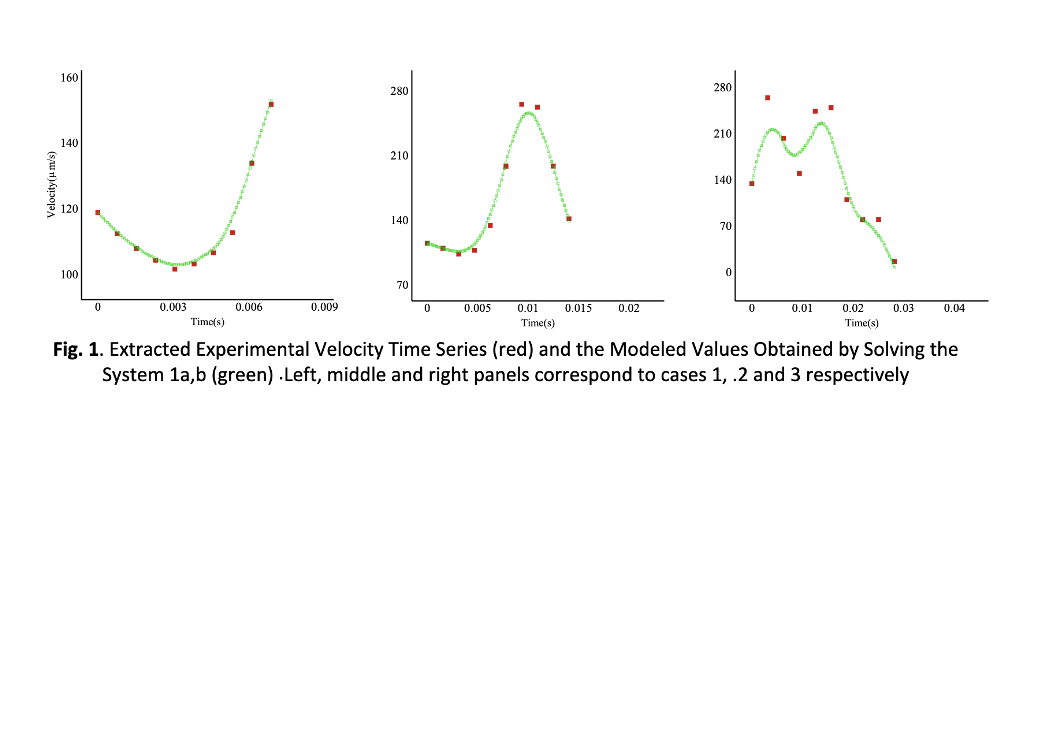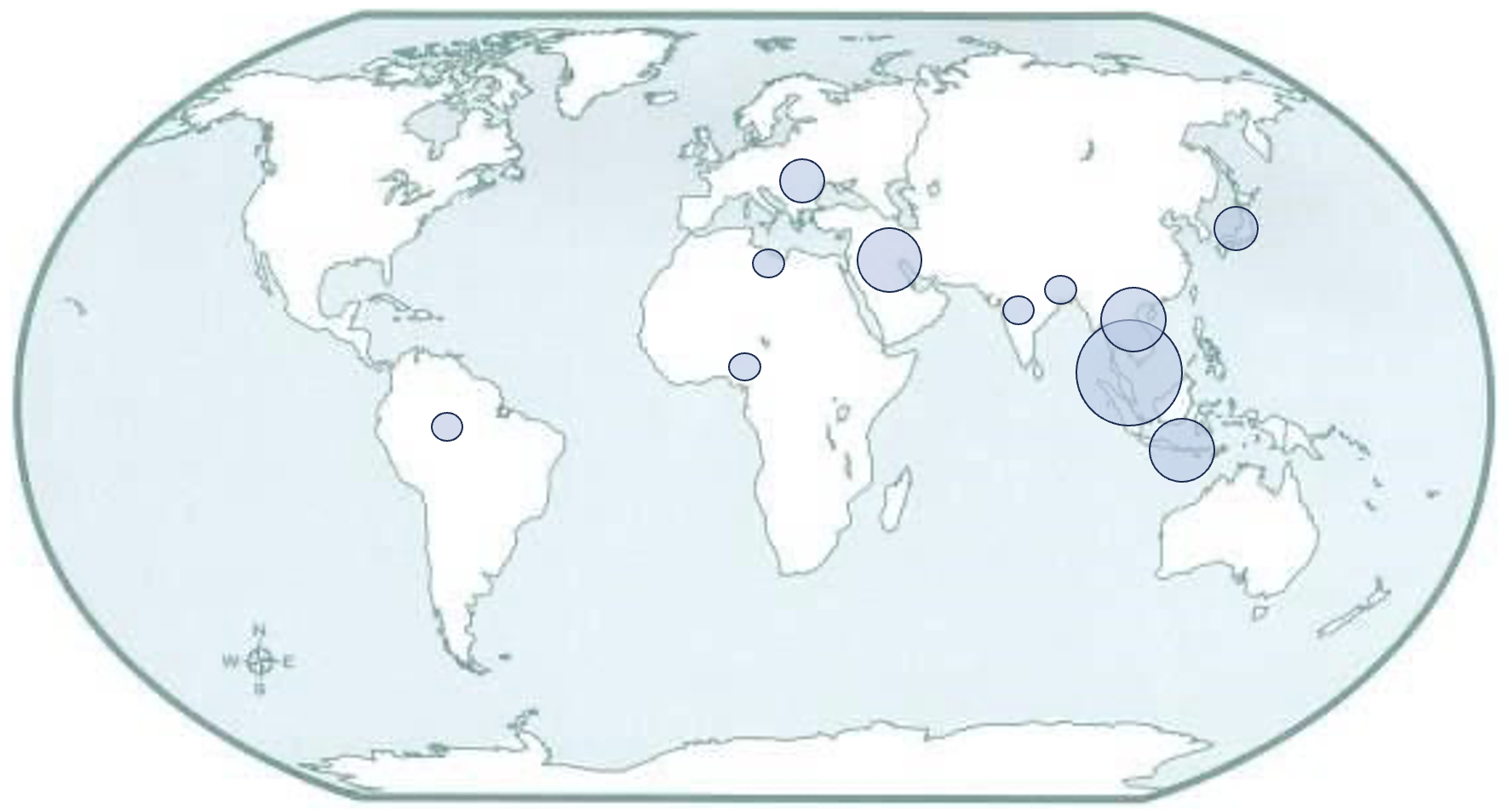Effects of The Optimal Imposition of Viscous and Thermal Forces on Spectral Dynamical Features of Swimming of a Microorganism in Nanofluids
Keywords:
Viscous and Thermal Forces, Microorganism, NanofluidsAbstract
This paper applies a system identification approach to introduce external forces to time series data. Specifically, a two-equation dynamical system is utilized to replicate the time evolution of experimental parallel velocity values of a bull spermatozoa's head during circular swimming. The differential system accurately models the sperm's planar movement in three different scenarios. Additionally, the time marching of the differential system employs a least-squares analysis on a system with a larger amount of sampled data and fewer data points, demonstrating its reliability in approximating the actual pattern. Furthermore, a linearized model of the system is explored near its equilibrium points. The study also demonstrates the application of this straightforward system when dominant external viscous forces arise from swimming in a nanofluid. Finally, the paper discusses the optimal modes with the highest velocity magnitude when oscillating forces come into play.








